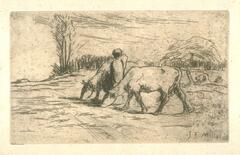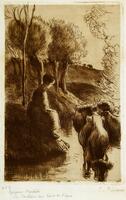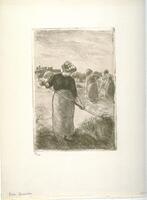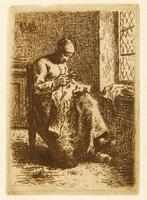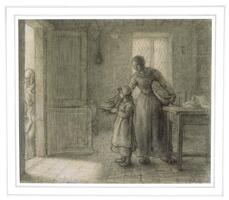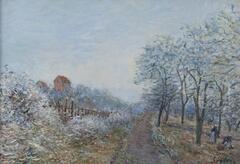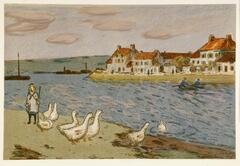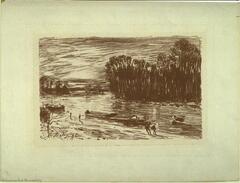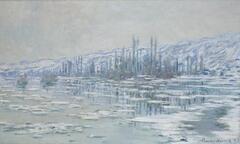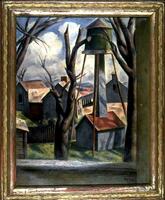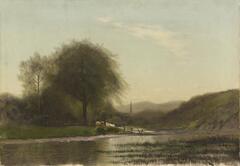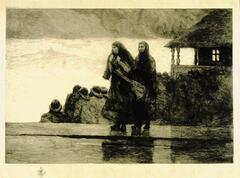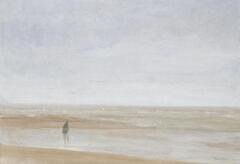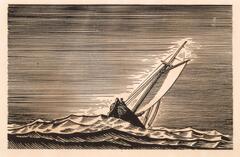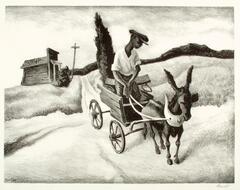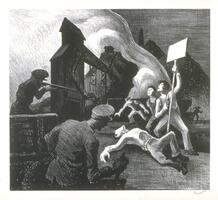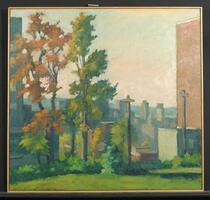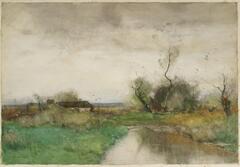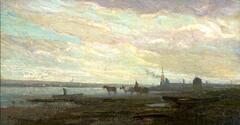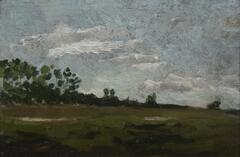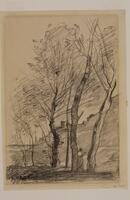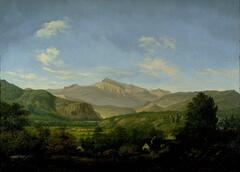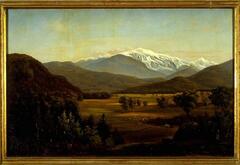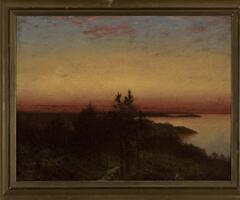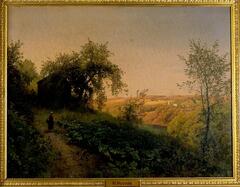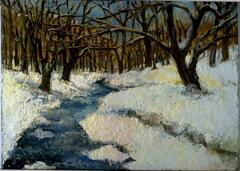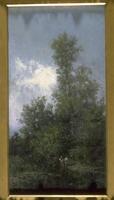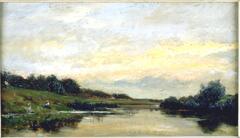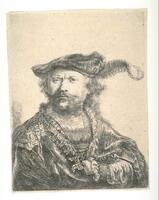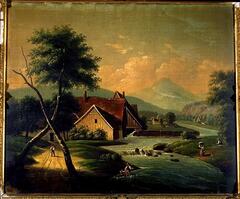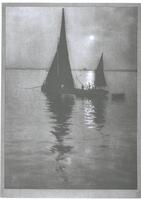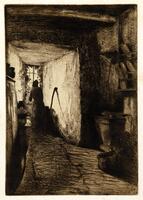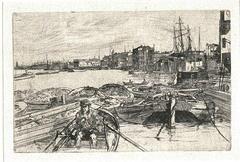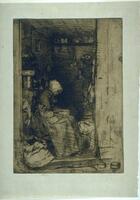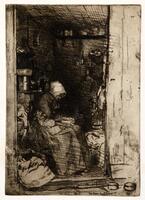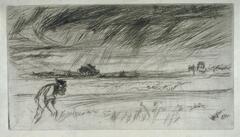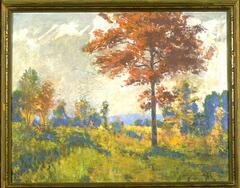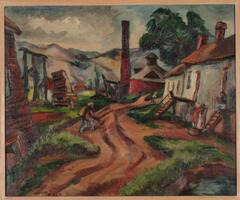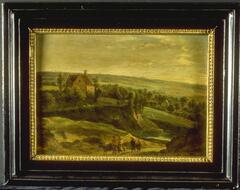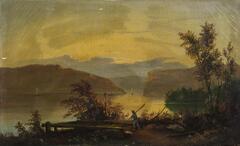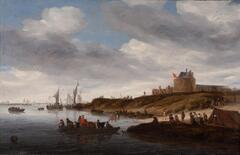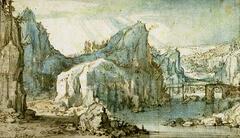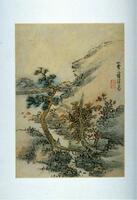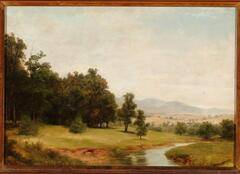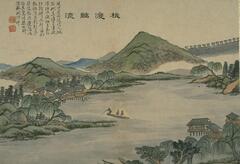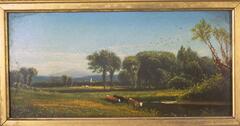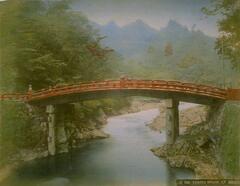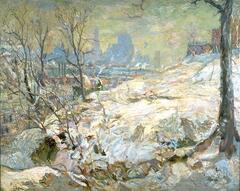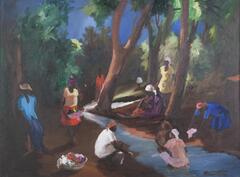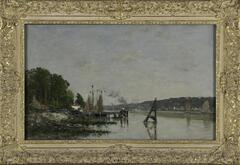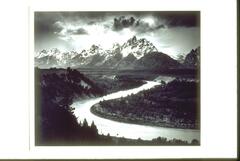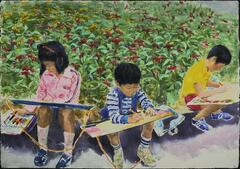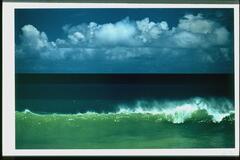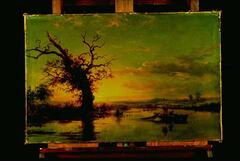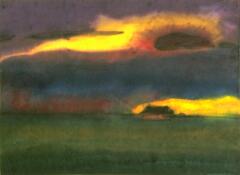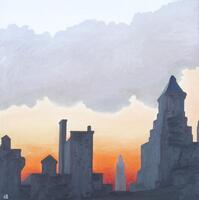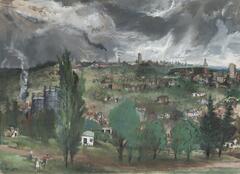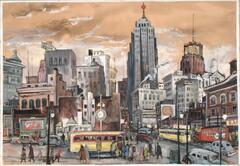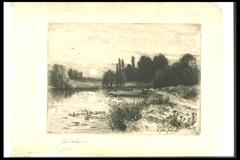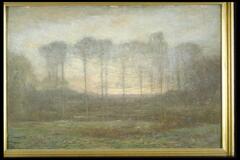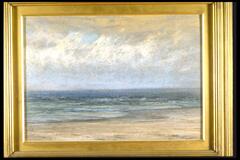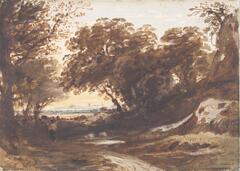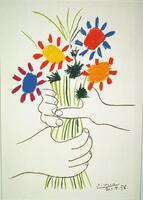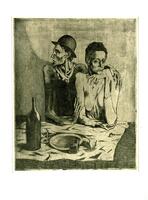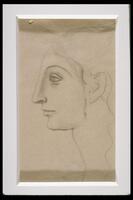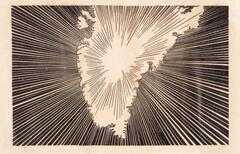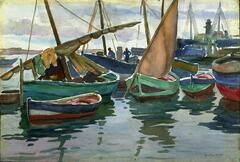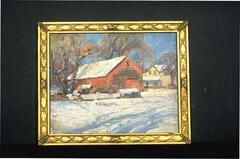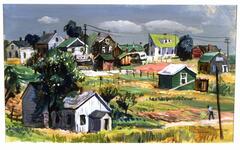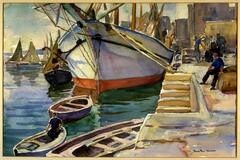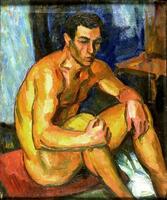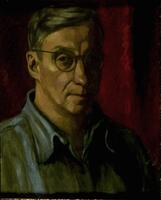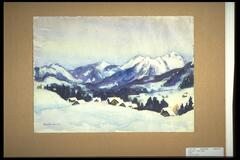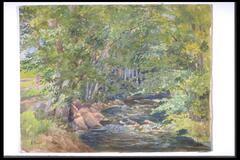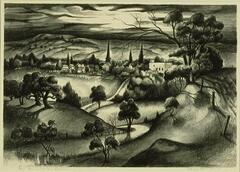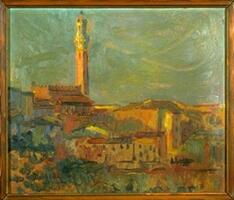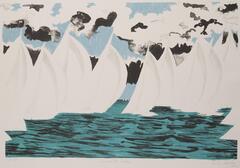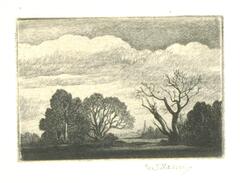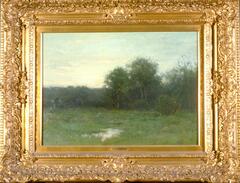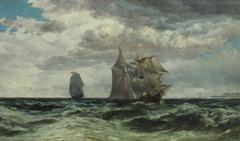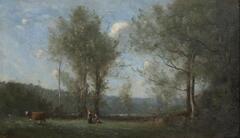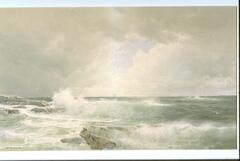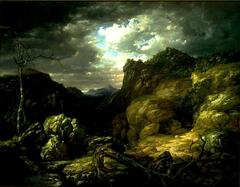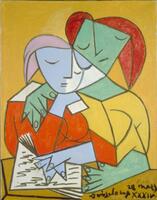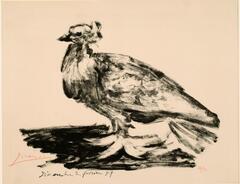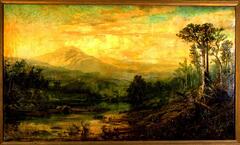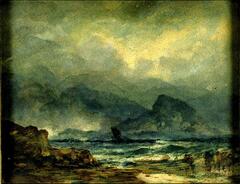137 Items in this Learning Collection
Collection Object
Collection Object
Collection Object
Collection Object
Collection Object
Collection Object
Collection Object
Collection Object
Collection Object
Collection Object
Collection Object
Collection Object
Collection Object
Collection Object
Collection Object
Collection Object
Collection Object
Collection Object
Collection Object
Collection Object
Collection Object
Collection Object
Collection Object
Collection Object
Collection Object
Collection Object
Collection Object
Collection Object
Collection Object
Collection Object
Collection Object
Collection Object
Collection Object
Collection Object
Collection Object
Collection Object
Collection Object
Collection Object
Collection Object
Collection Object
Collection Object
Collection Object
Collection Object
Collection Object
Collection Object
Collection Object
Collection Object
Collection Object
Collection Object
Collection Object
Collection Object
Collection Object
Collection Object
Collection Object
Collection Object
Collection Object
Collection Object
Collection Object
Collection Object
Collection Object
Collection Object
Collection Object
Collection Object
Collection Object
Collection Object
Collection Object
Collection Object
Collection Object
Collection Object
Collection Object
Collection Object
Collection Object
Collection Object
Collection Object
Collection Object
Collection Object
Collection Object
Collection Object
Collection Object
Collection Object
Collection Object
Collection Object
Collection Object
Collection Object
Collection Object
Collection Object
Collection Object
Collection Object
Collection Object
Collection Object
Collection Object
Collection Object
Collection Object
Collection Object
Collection Object
Collection Object
Collection Object
Collection Object
Collection Object
Collection Object
Collection Object
Collection Object
Collection Object
Collection Object
Collection Object
Collection Object
Collection Object
Collection Object
Collection Object
Collection Object
Collection Object
Collection Object
Collection Object
Copyright
All Rights Reserved
()
Landscape
Accession Number
2017/1.553.2
Title
Landscape
Artist(s)
Takashima Hokkai
Object Creation Date
late-19th century to early-20th century
Medium & Support
ink and color on paper
Dimensions
85 in x 27 ½ in (215.9 cm x 69.85 cm)
Credit Line
Gift of Hebe Lutz in honor of her parents, Jake William Hearn, MD, Lt. Colonel US Army, and Juanita Wells Hearn
Subject matter
"Nanga (southern painting) or Bunjinga (scholar or literati painting) artists took a form of Chinese painting as their model. The Chinese Ming dynasty artist/theorist Dong Qichang (1555–1636) established two categories of painting: northern painting, which was orthodox and academic (painters were formally trained and sold their work for a living); and southern painting, which was freely executed and expressive (ideally these artists were scholar-amateurs who did not paint for a living). Japanese literati artists, although forbidden to travel to China, studied and emulated the southern style of painting and Chinese art theories through imported books. Nanga painters generally declined to serve the samurai class, and preferred instead to survive by selling works to educated merchants and farmers. They often painted for each other and prided themselves as being intellectuals, poets, tea masters, raconteurs, as well as painters. They are most associated with smaller formats, such as hanging scrolls and fans, but several Nanga artists also produced screen paintings. Nanga artists primarily resided in Kyoto and Osaka."
“Japanese Painting: Nanga and Bunjinga School: Education: Asian Art Museum.” Asian Art Museum, education.asianart.org/resources/japanese-painting-nanga-and-bunjinga-school/.
Physical Description
Painting of a blue mountain overlooking a house and river on a gold support with brown flowers.
Primary Object Classification
Painting
Primary Object Type
hanging scroll
Additional Object Classification(s)
Painting
Collection Area
Asian
Rights
If you are interested in using an image for a publication, please visit http://umma.umich.edu/request-image for more information and to fill out the online Image Rights and Reproductions Request Form. Keywords
fog
landscapes (environments)
mountains
rivers
trees
2017/1.553.2
Title
Landscape
Artist(s)
Takashima Hokkai
Object Creation Date
late-19th century to early-20th century
Medium & Support
ink and color on paper
Dimensions
85 in x 27 ½ in (215.9 cm x 69.85 cm)
Credit Line
Gift of Hebe Lutz in honor of her parents, Jake William Hearn, MD, Lt. Colonel US Army, and Juanita Wells Hearn
Subject matter
"Nanga (southern painting) or Bunjinga (scholar or literati painting) artists took a form of Chinese painting as their model. The Chinese Ming dynasty artist/theorist Dong Qichang (1555–1636) established two categories of painting: northern painting, which was orthodox and academic (painters were formally trained and sold their work for a living); and southern painting, which was freely executed and expressive (ideally these artists were scholar-amateurs who did not paint for a living). Japanese literati artists, although forbidden to travel to China, studied and emulated the southern style of painting and Chinese art theories through imported books. Nanga painters generally declined to serve the samurai class, and preferred instead to survive by selling works to educated merchants and farmers. They often painted for each other and prided themselves as being intellectuals, poets, tea masters, raconteurs, as well as painters. They are most associated with smaller formats, such as hanging scrolls and fans, but several Nanga artists also produced screen paintings. Nanga artists primarily resided in Kyoto and Osaka."
“Japanese Painting: Nanga and Bunjinga School: Education: Asian Art Museum.” Asian Art Museum, education.asianart.org/resources/japanese-painting-nanga-and-bunjinga-school/.
Physical Description
Painting of a blue mountain overlooking a house and river on a gold support with brown flowers.
Primary Object Classification
Painting
Primary Object Type
hanging scroll
Additional Object Classification(s)
Painting
Collection Area
Asian
Rights
If you are interested in using an image for a publication, please visit http://umma.umich.edu/request-image for more information and to fill out the online Image Rights and Reproductions Request Form. Keywords
fog
landscapes (environments)
mountains
rivers
trees

